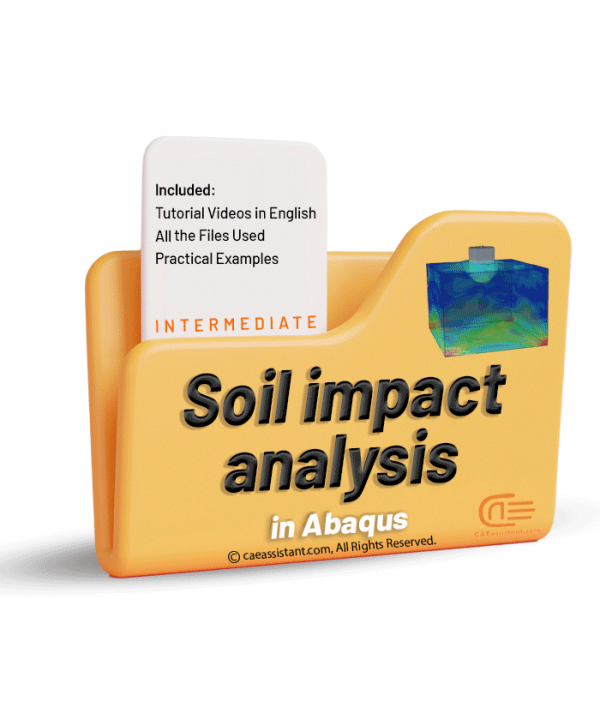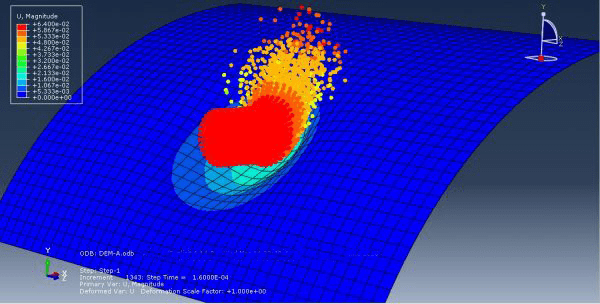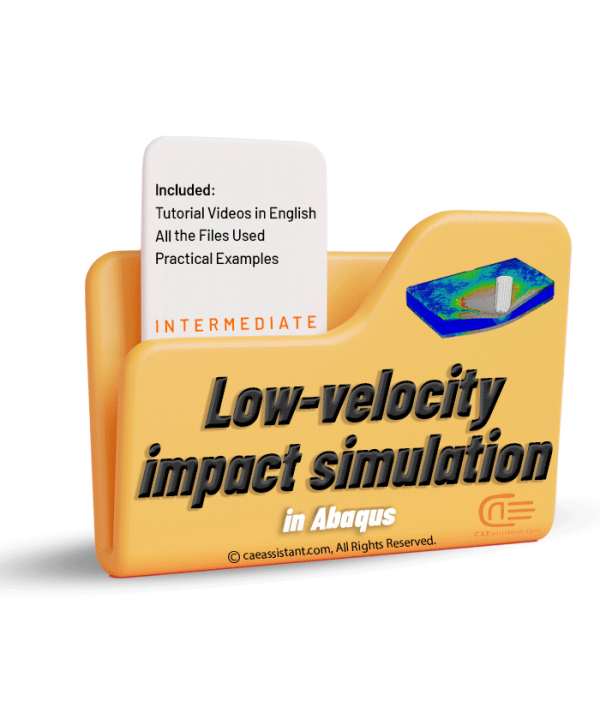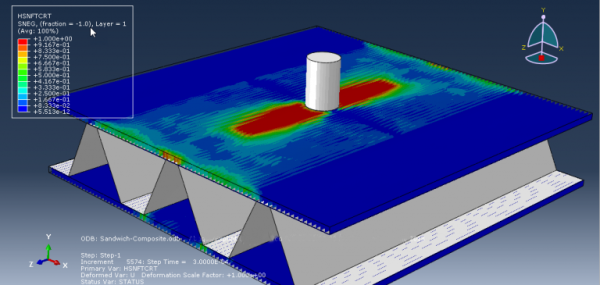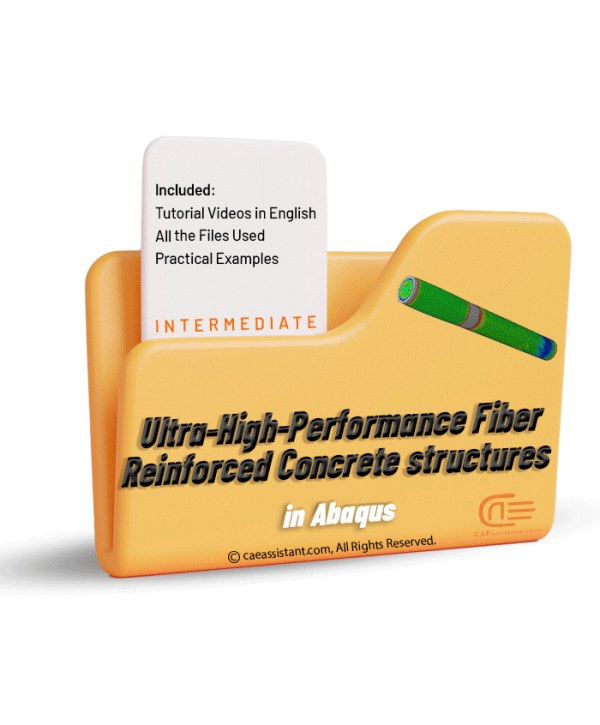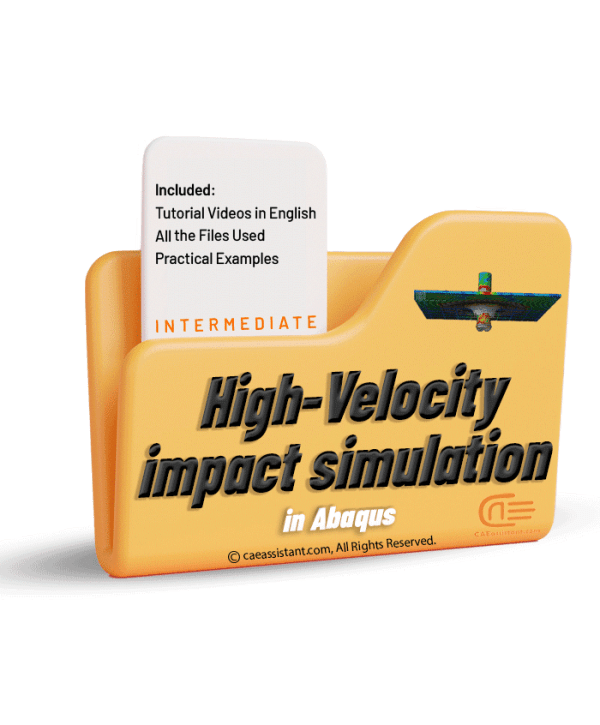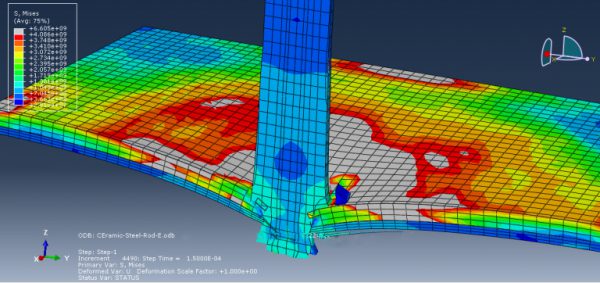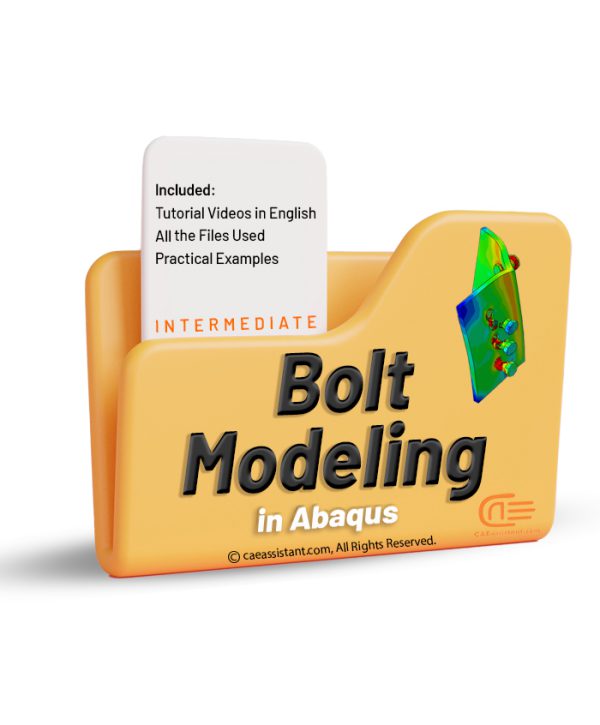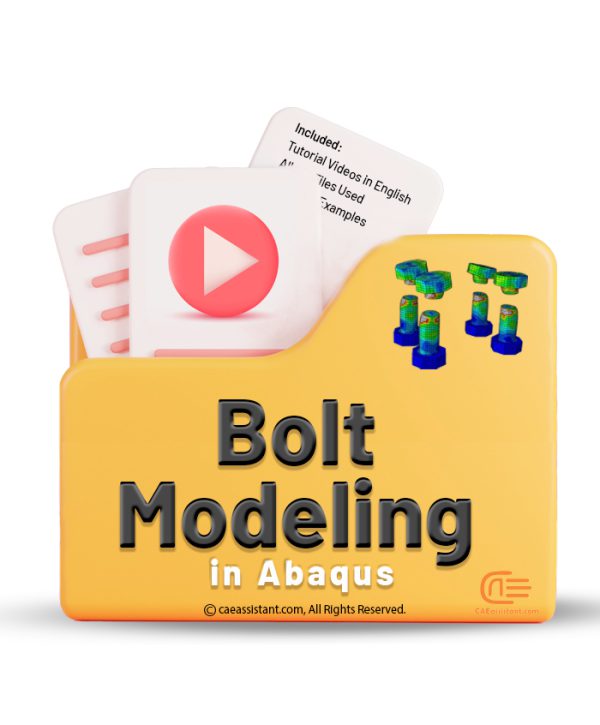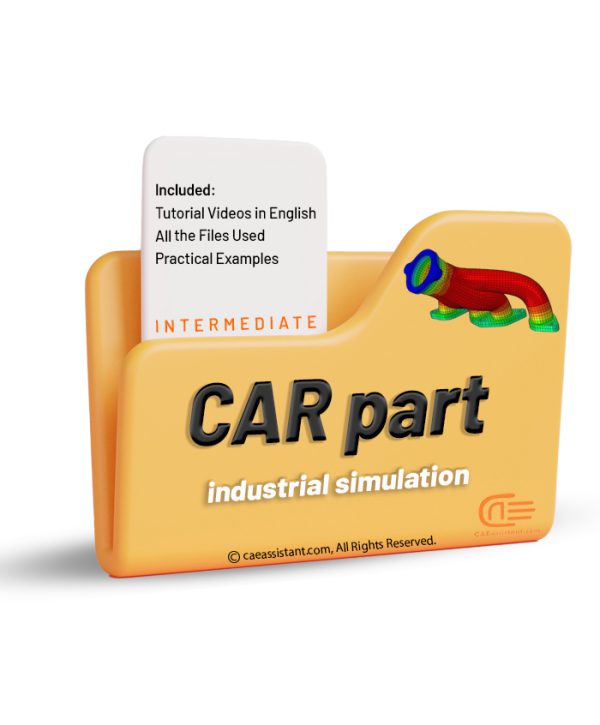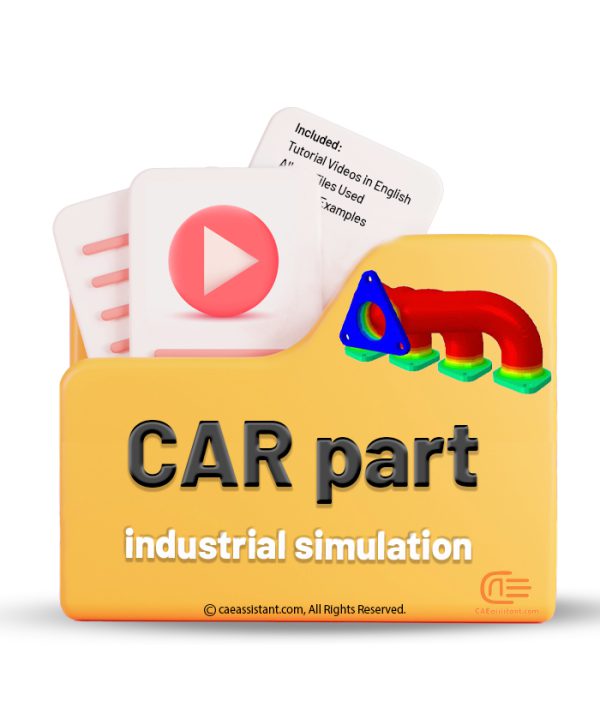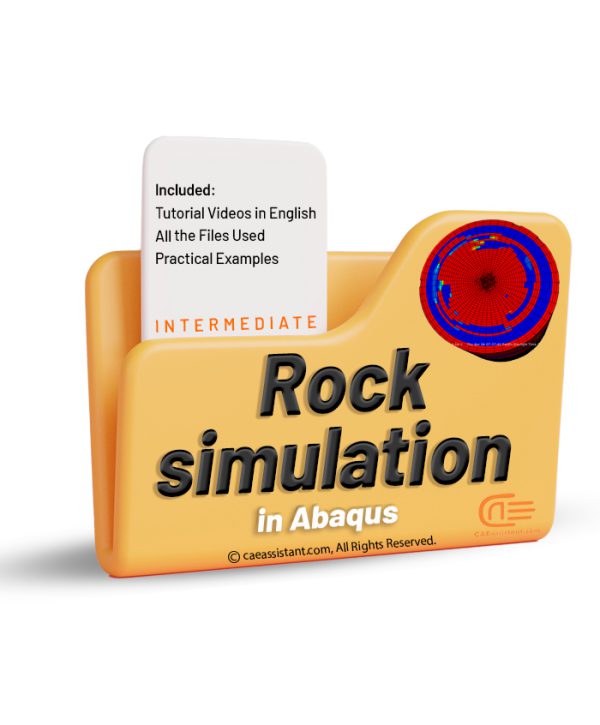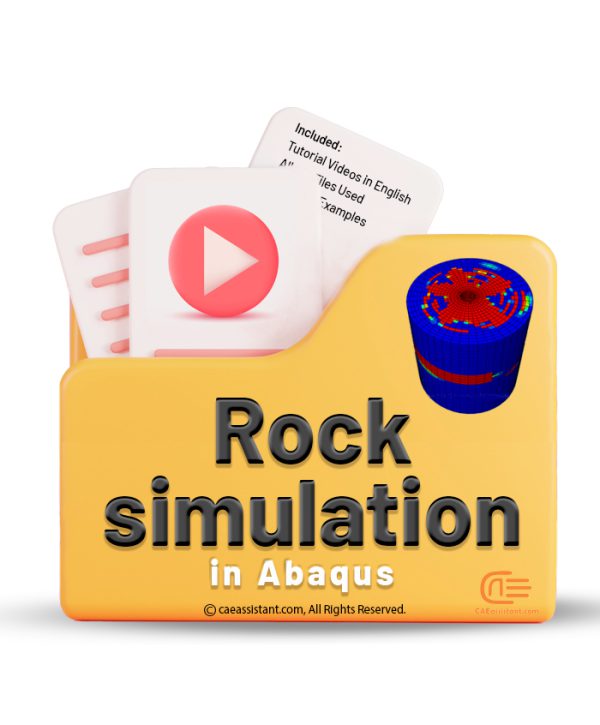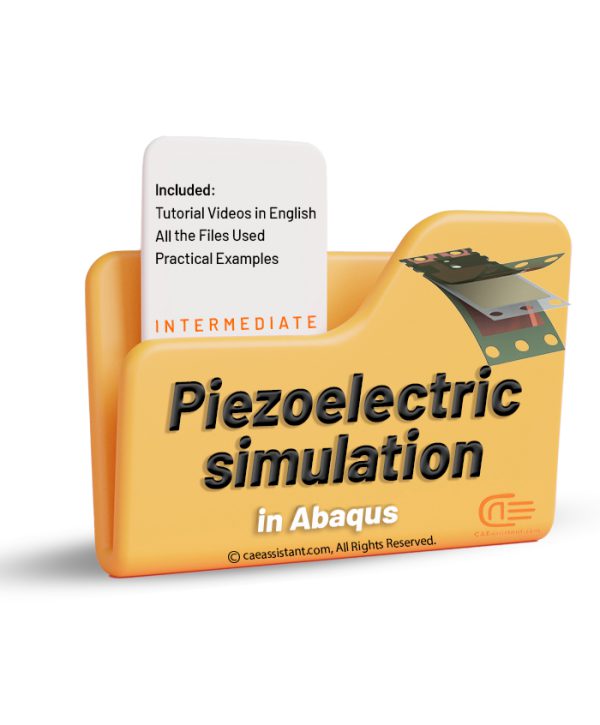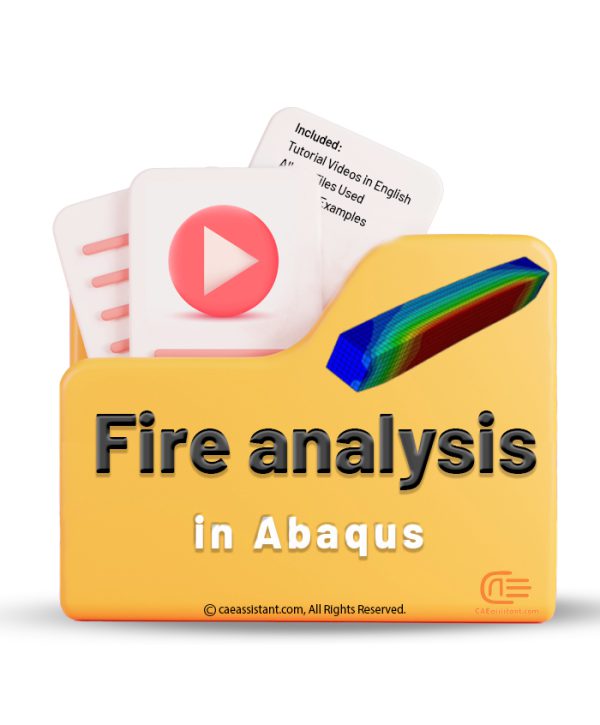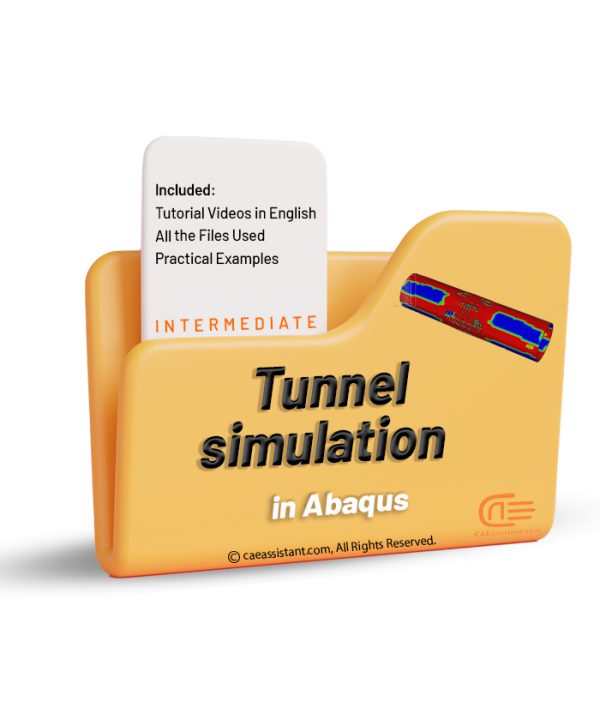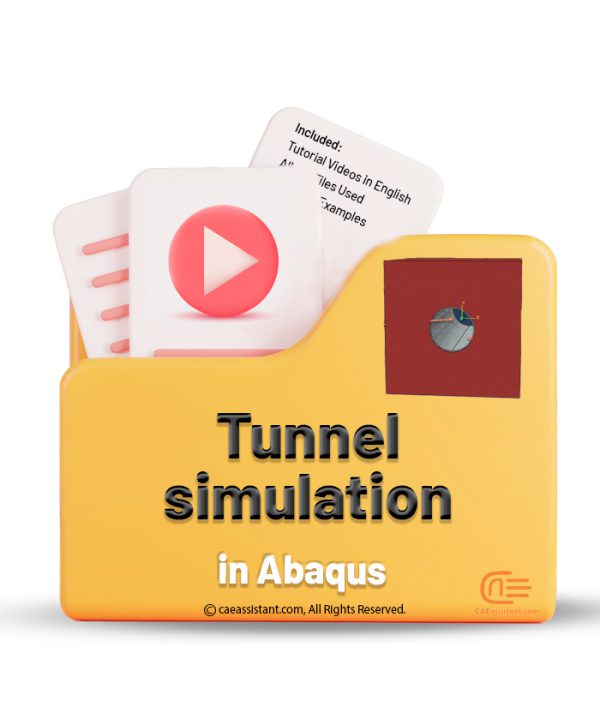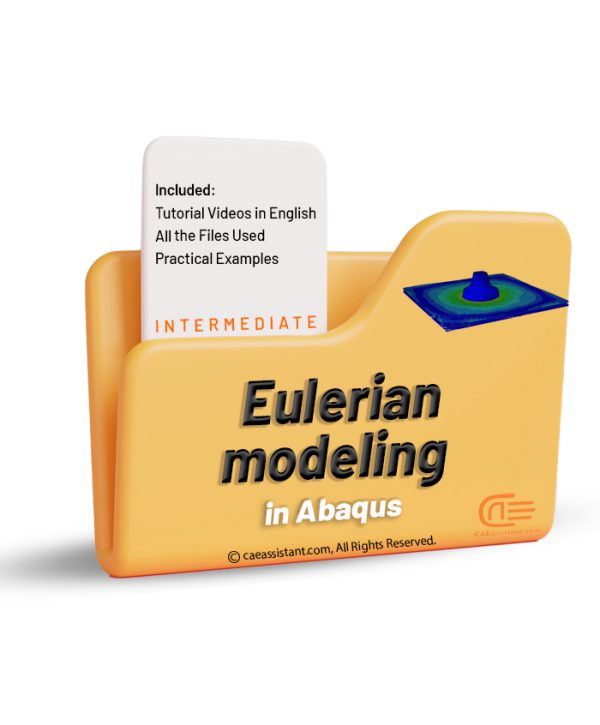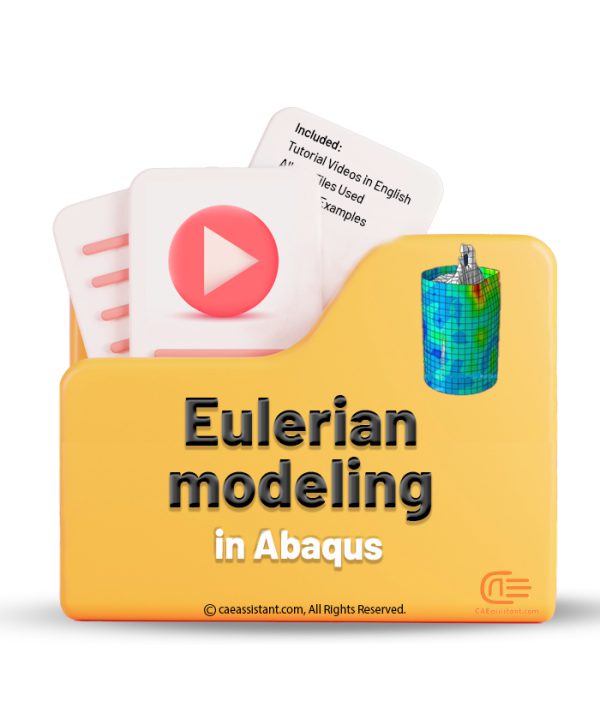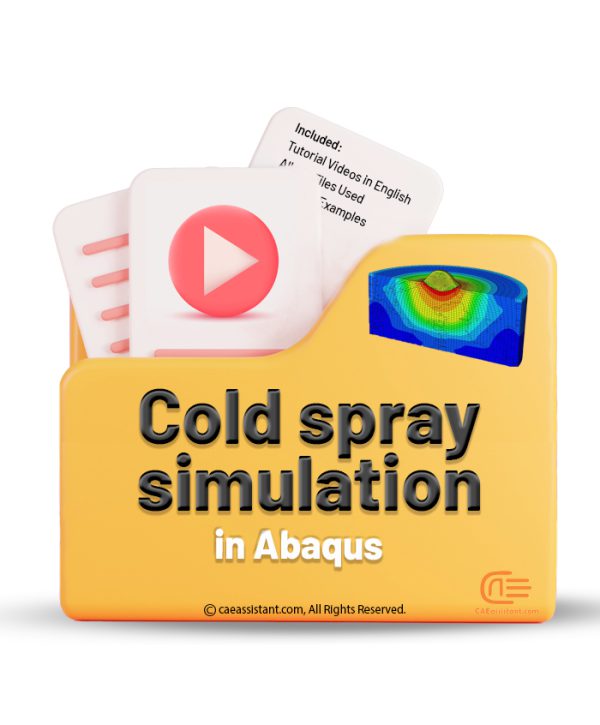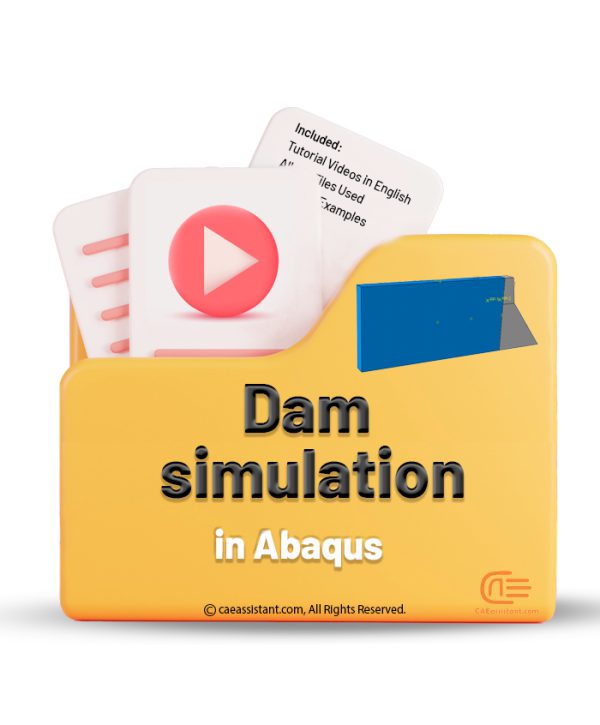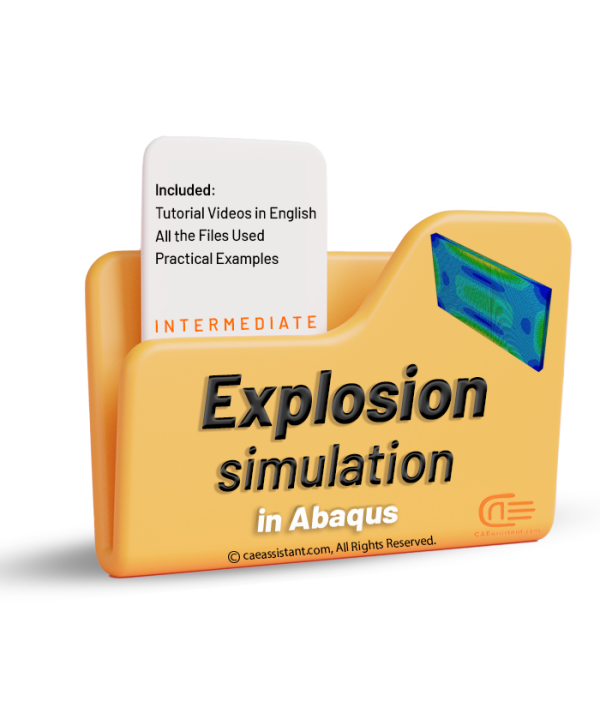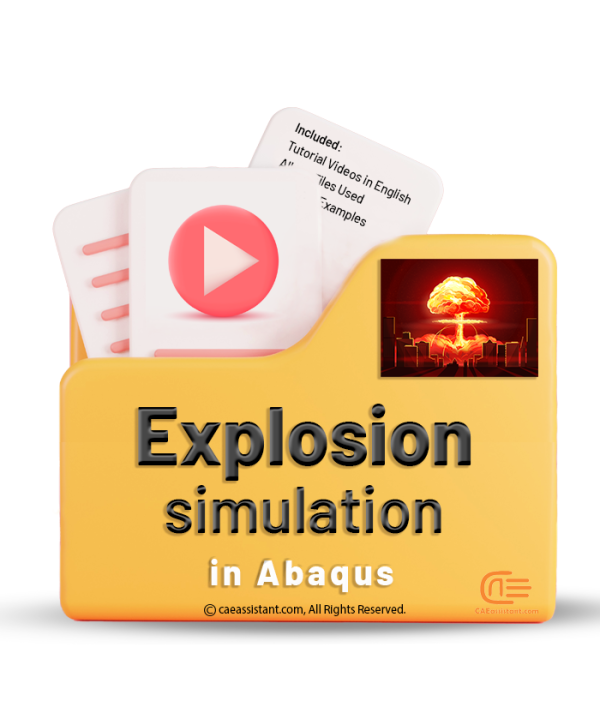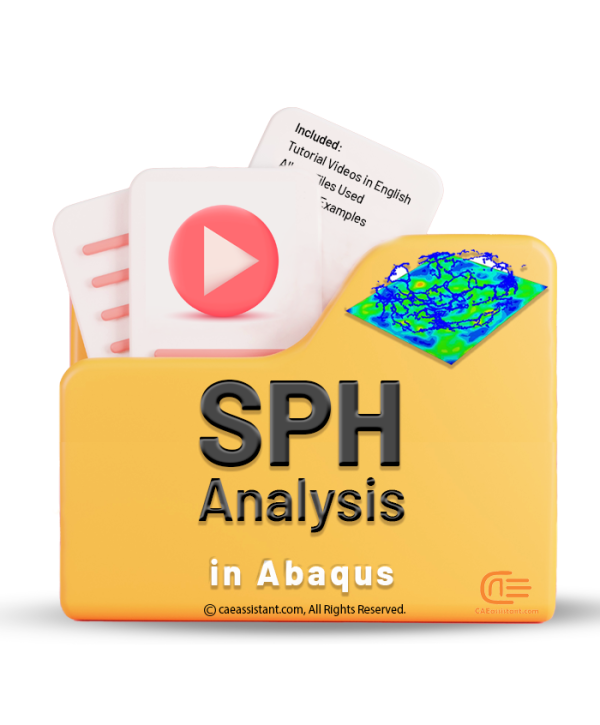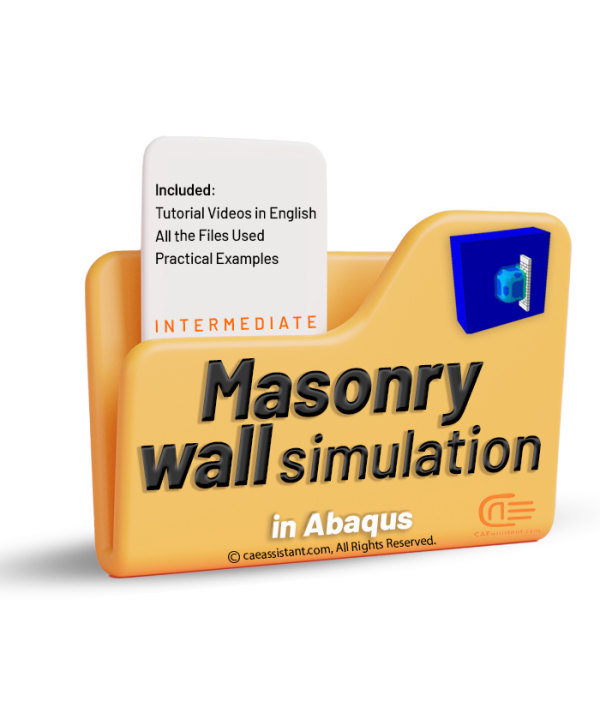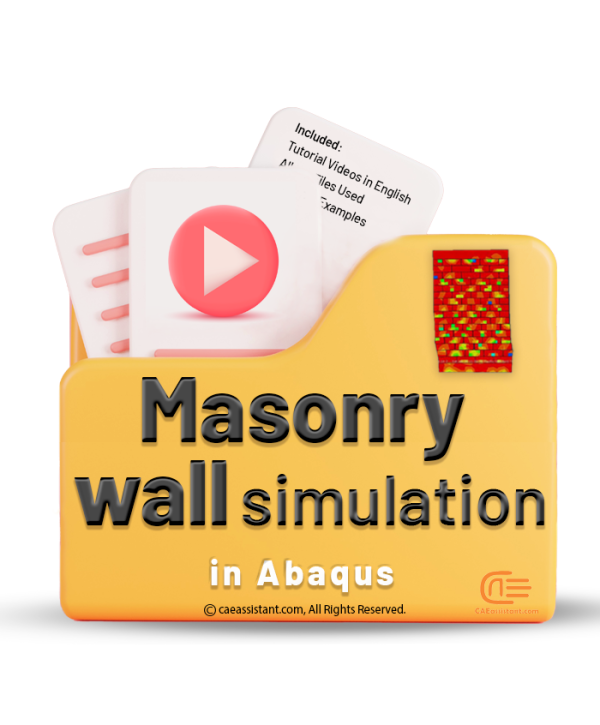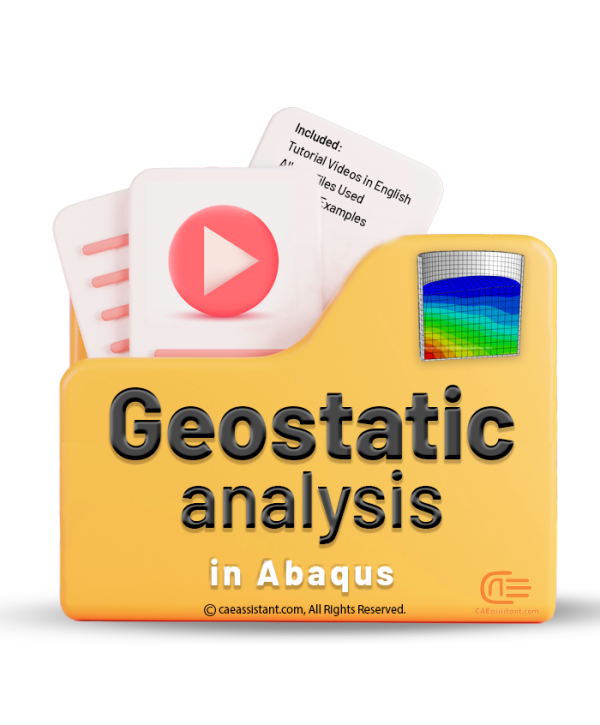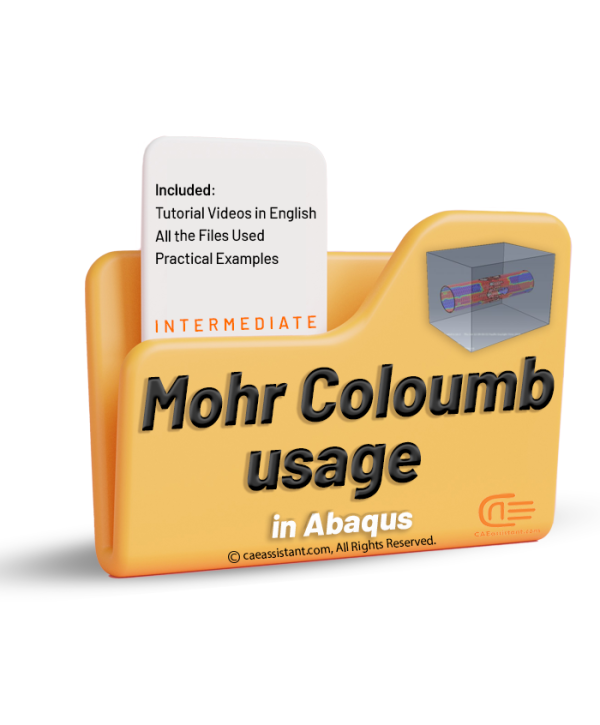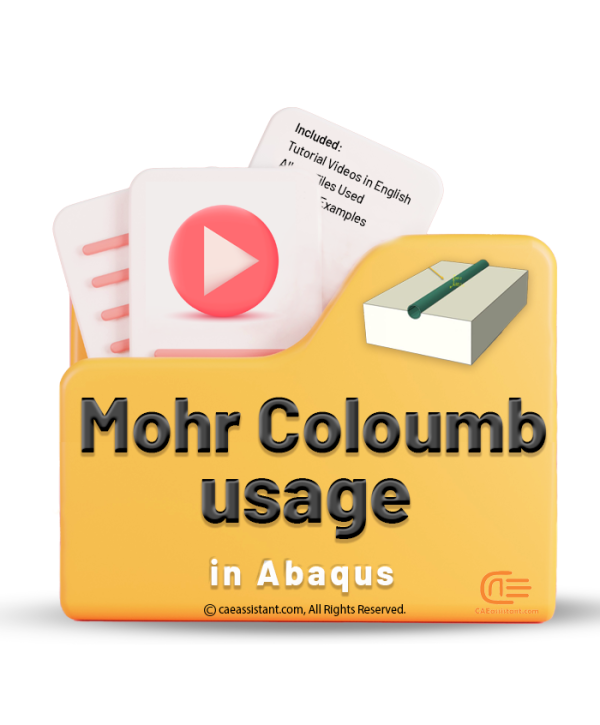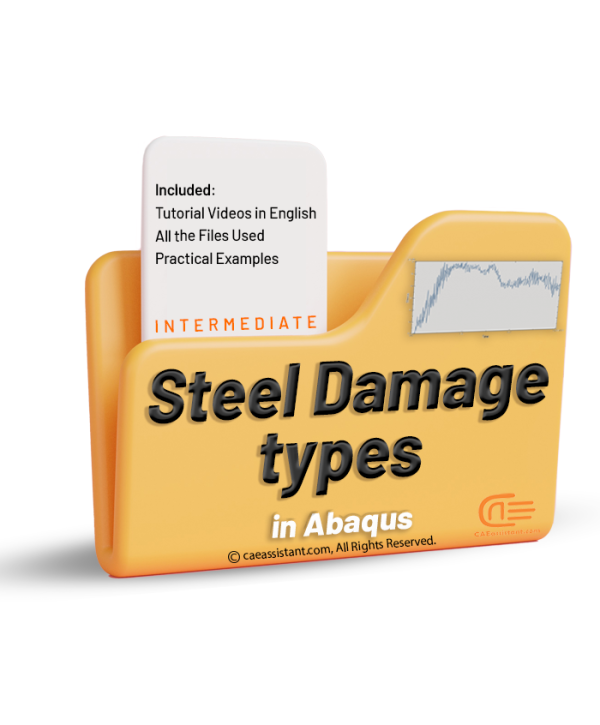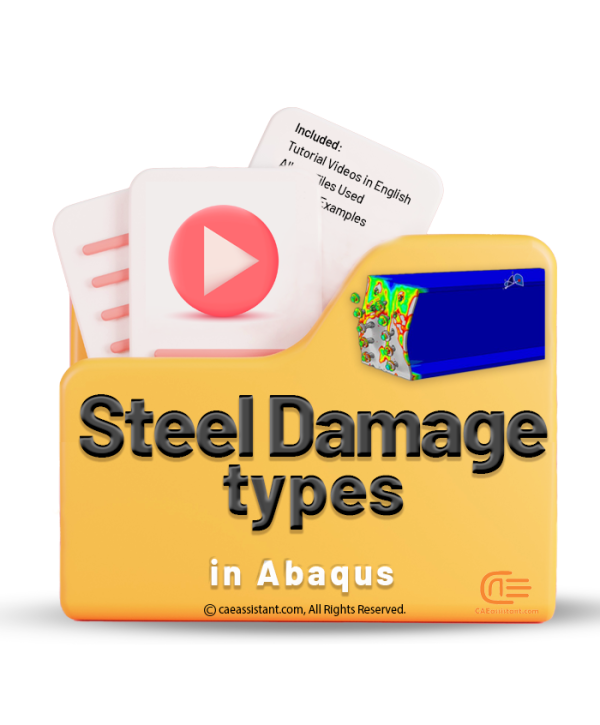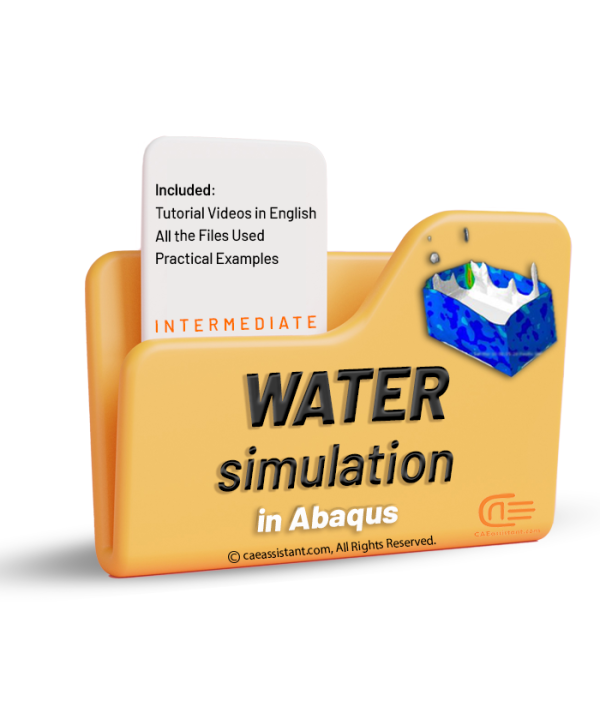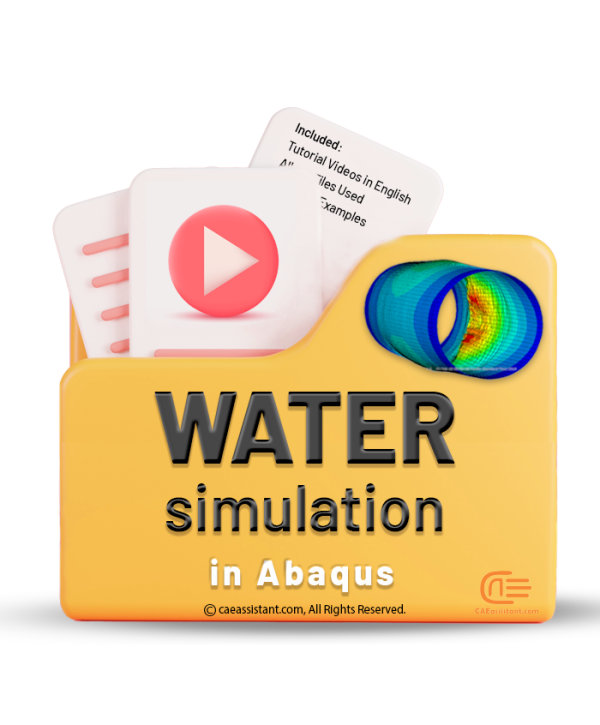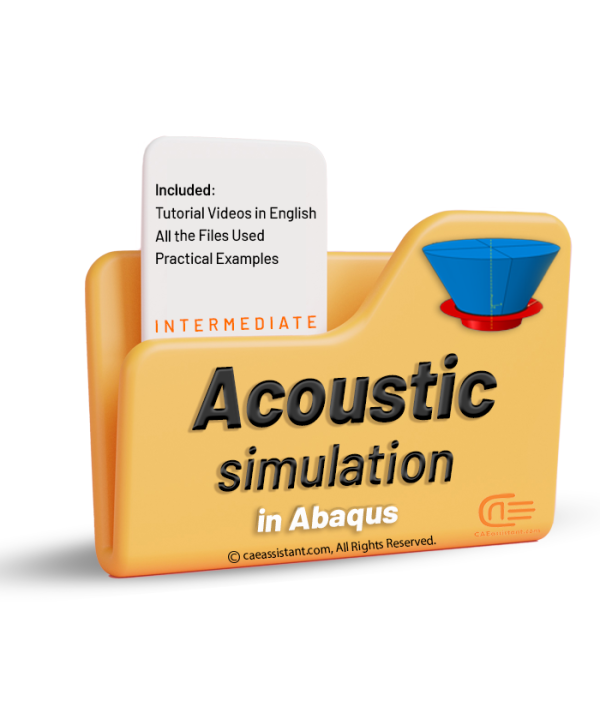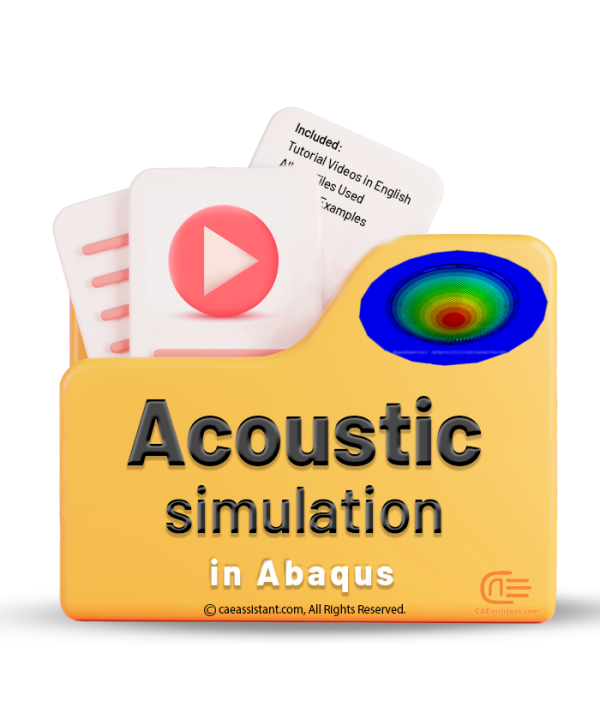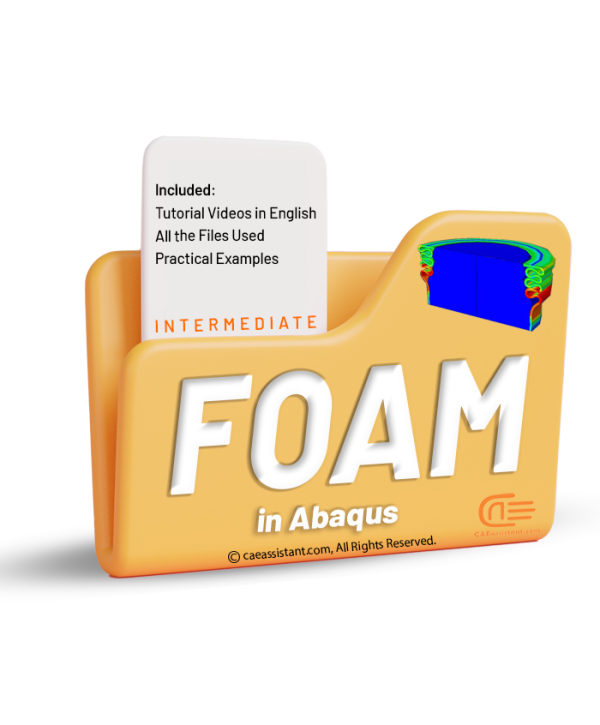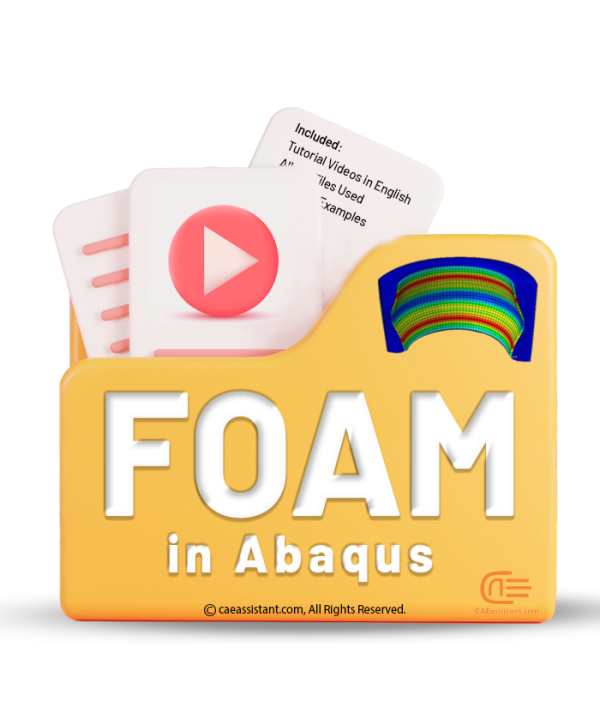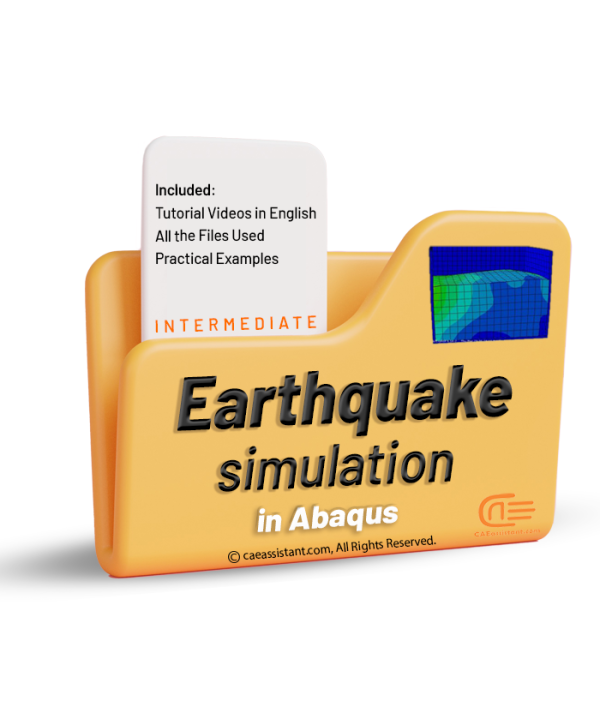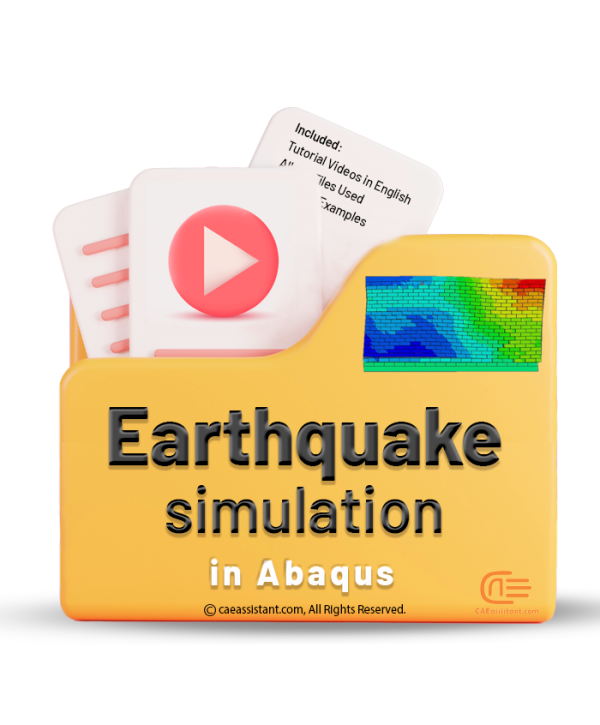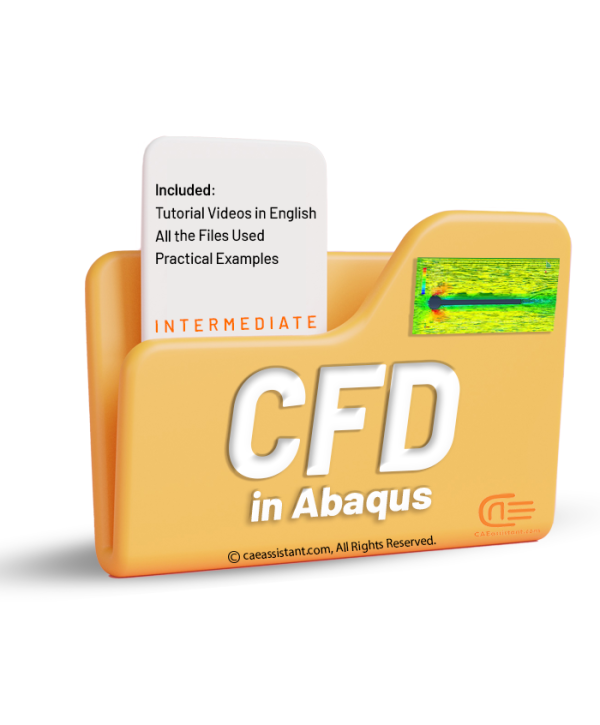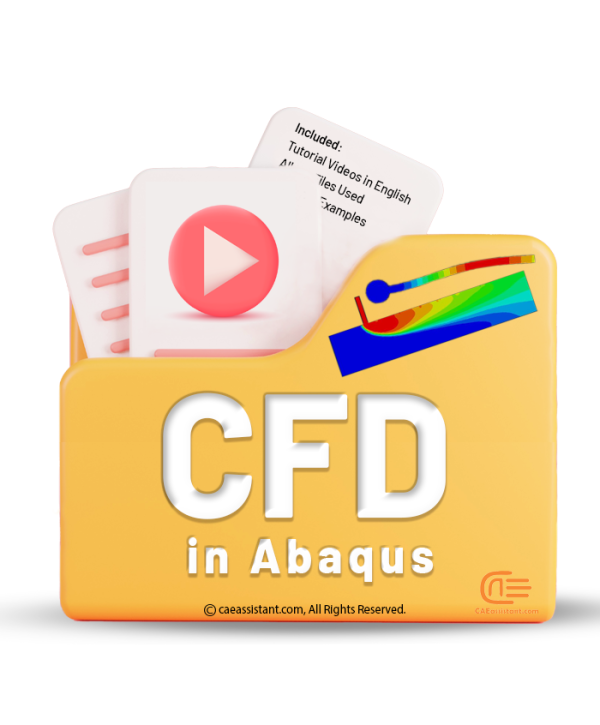Abaqus Partner-125
Soil Impact Analysis in Abaqus
Soil impact refers to the interaction between a solid object and the soil, wherein the object collides with or penetrates into the soil. This issue holds great importance across various industries, including civil engineering, geotechnical engineering, construction, and transportation. Understanding soil impact behavior is crucial for designing and assessing the safety and performance of structures and systems subjected to dynamic loads, such as vehicle collisions, pile driving, and projectile impacts. Simulation plays a vital role in studying soil impact. By employing advanced numerical methods and software tools like Abaqus, researchers and engineers can accurately model and analyze the complex interactions between objects and soil. Simulation allows for the investigation of various parameters, such as impact velocity, soil properties, object geometry, and boundary conditions, to assess their influence on the response and behavior of the system. In this package, you will learn how to do soil impact simulations in several practical examples.
Low-Velocity Impact simulation
Low-velocity impact refers to the collision between objects at relatively low speeds. While the impact energy may be lower compared to high-speed impacts, low-velocity impacts can still cause significant damage and deformation. Assessing the effects of low-velocity impact is crucial for various industries to ensure the structural integrity, safety, and performance of their products. For example, in the automotive industry, understanding the response of vehicles to low-velocity impacts is essential for designing crashworthy structures and improving occupant safety. In aerospace, assessing the impact resistance of aircraft components, such as fuselage panels or wings, helps ensure their ability to withstand ground handling incidents or bird strikes. In this package, you will learn how to do low-velocity impact simulations with several practical examples.
UHPFRC (Ultra-High-Performance Fiber Reinforced Concrete) structures in Abaqus
UHPFRC (Ultra-High-Performance Fiber Reinforced Concrete) structures have emerged as a groundbreaking innovation in construction. These structures offer exceptional strength, durability, and performance, revolutionizing the industry. UHPFRC incorporates a precise combination of Portland cement, fine aggregates, admixtures, and steel or synthetic fibers, resulting in an extraordinarily dense and robust composite material. With compressive strengths exceeding 150 MPa, UHPFRC structures exhibit enhanced resistance to cracking, increased load-bearing capacity, and improved durability against environmental factors such as corrosion and freeze-thaw cycles. The superior mechanical properties of UHPFRC enable the design of slimmer and lighter elements, leading to reduced material consumption and more sustainable construction practices. UHPFRC structures find applications in various fields, including bridges, high-rise buildings, marine structures, and precast elements, offering long-term performance and contributing to the advancement of modern construction. In this package, you will learn how to simulate these structures with many practical examples.
High Velocity Impact Simulation
High-velocity impact refers to the collision between two bodies at extremely high speeds, typically involving projectiles and targets. It is a phenomenon of great interest in various fields, including defense, aerospace, and automotive industries. High-velocity impact simulation in Abaqus is a computational approach used to analyze and predict the behavior of materials and structures subjected to such impacts. Abaqus, a powerful finite element analysis software, enables engineers and researchers to model and simulate the complex interactions between impacting bodies, accurately predicting factors like stress, strain, deformation, and damage. By simulating high-velocity impacts in Abaqus, engineers can gain valuable insights into the performance and integrity of materials and structures, ultimately aiding in the design of safer and more resilient systems. In this package, you will learn how to do these simulations in many practical examples.
Abaqus Bolt Load Tutorial: Simplify Bolt Modeling in Abaqus
Bolts and joints play a vital role in the stability and structural integrity of various engineering structures, including buildings, bridges, and machines. Bolts are used to fasten or connect different components together, providing a means of transferring loads and ensuring the continuity of load paths. Joints connect structural elements, allowing them to move and deform while maintaining their overall stability. Proper design and selection of bolts and joints are crucial to ensuring the safety and durability of the structure. Factors such as the type of load, the materials used, and the environmental conditions must be considered when selecting bolts and joints. Failure to properly design and install bolts and joints can result in catastrophic failure of the structure. In this package, you will learn how to model bolts and joints, simulating the failure of connections and other things with practical examples.
Car part industrial simulation
Car industrial parts are complex and critical components that play a vital role in the operation of a car. Two such parts are the exhaust manifold and the internal combustion engine (IC engine). The exhaust manifold directs hot exhaust gases from the engine's cylinders into the exhaust system and is typically made of cast iron or stainless steel. The IC engine converts fuel into mechanical energy by burning fuel in a controlled explosion within the engine cylinder. High temperatures and pressures must be considered in the design, and the components must be made of durable materials that can withstand the stresses of constant combustion. Therefore, it is important to know how these parts respond under different loading conditions to have the best design possible. In this package, there are two workshops to help you with this job: Heat transfer analysis in an exhaust manifold and Thermomechanical analysis of an exhaust manifold.
Rock simulation in Abaqus
Rock simulation is essential for evaluating the behaviour of rock masses under various loading conditions, such as earthquakes, landslides, and blasting. It enables engineers and geologists to assess the stability and integrity of rock structures, predicts potential failure modes, and develop effective mitigation strategies. Rock simulation is crucial in the design and planning of mining operations, tunnels, and underground constructions to ensure the safety and longevity of the structures. It also plays a vital role in assessing the seismic hazard of an area and evaluating the potential impact of earthquakes on the built environment. In this package, you will learn how to do an impact simulation on a granite stone using the JH-2 model; also an explosion simulation inside a rock for excavation purposes. You can learn more detail in the description of the workshops.
Piezoelectric simulation in Abaqus
Piezoelectric materials are unique materials that generate an electric charge in response to applied mechanical stress, such as pressure or vibration. They are used in a wide range of applications, including sensors, actuators, and energy harvesting devices. The piezoelectric analysis is the process of studying the mechanical and electrical behavior of piezoelectric materials under various loading conditions. It involves modeling and simulating the response of piezoelectric materials to external stimuli, such as electrical potential or mechanical stress. The importance of piezoelectric analysis lies in its ability to evaluate the performance and optimize the design of piezoelectric devices, which are becoming increasingly important in various industries, including medical, automotive, aerospace, and energy. Piezoelectric analysis can help improve the efficiency, accuracy, and durability of piezoelectric devices, leading to advancements in technology and innovation. In this package you will learn how to model piezoelectric materials in Abaqus.
Fire Analysis in Abaqus
The aim of fire analysis is to evaluate the performance of structures in real fire scenarios and to develop strategies to improve their fire resistance and safety. Fire analysis is commonly used in the design and evaluation of buildings, bridges, and other structures. Fire analysis is the process of simulating the behavior of structures under fire conditions. Fire analysis typically involves two main steps: (i) heat transfer analysis to estimate the propagation of heat in the structure and (ii) structural analysis taking into account the effects of heat and mechanical loads. In this package, you will learn how to do a fire simulation on some structures and parts like concrete beams. You can find more details about how to do this simulation in the description of the workshops.
Tunnel Simulation in Abaqus
A tunnel is an underground or underwater passage for transportation, utility lines, or water pipelines. Tunnels are critical infrastructure, and their safety and reliability are essential for ensuring public safety and the smooth functioning of society. Tunnel simulation involves using computer models to predict the behaviour of tunnels under different types of loading conditions, such as earthquakes, floods, or explosions. These simulations can help engineers and policymakers assess the safety and reliability of tunnels, identify potential failure modes, and develop strategies to mitigate risks. By using advanced simulation techniques, engineers can better understand the complex behavior of tunnels and design more effective and durable structures. Tunnel simulation is an essential tool for ensuring the safety and resilience of tunnels and the infrastructure they support. Some workshops are presented in this package to teach you how to simulate and analyze tunnels in Abaqus; two of these workshops are Damage analysis of an underground box tunnel subjected to surface explosion and Tunnel dynamic analysis subjected to internal blast loading using CEL method.
Eulerian Abaqus and CEL modeling
The Eulerian method is a numerical technique used to analyze fluid mechanics problems. In this approach, the fluid is treated as a fixed grid, where the nodes remain stationary while the fluid flows through them. The Eulerian Abaqus method can be used to analyze fluid-structure interactions, such as fluid impact on structures or the behavior of fluids in containers. To use the Eulerian method in Abaqus, the desired geometry must first be meshed using Eulerian elements. The material behavior of the fluid is then defined using appropriate equations of state. Finally, the boundary conditions and loading are applied, and the system is solved using the appropriate numerical method, such as the finite element method. This package will teach you how to use this method and various practical examples. Also, this package covers several practical examples in Abaqus CEL method.
Cold spray & Shot peening simulation in Abaqus
Cold spray is a process used to deposit materials onto a substrate by accelerating fine powder particles to high velocities using compressed gas. Upon impact with the substrate, the particles undergo rapid plastic deformation, disrupting surface oxide films and promoting bonding between metal surfaces. Unlike thermal spray processes, cold spray avoids thermal degradation and partial oxidation of the coating material, resulting in coatings with low porosity and oxygen content. The process is highly efficient, with deposition efficiencies often exceeding 90%. Shot peening is a metal treatment process that involves bombarding a surface with small, round metallic (usually steel), ceramic, or glass beads at high velocity. This process creates small indentations on the surface, which in turn introduces compressive residual stress into the material. These two processes are different and use for separate purposes but their simulations are the same.
Cold spray is particularly important in applications where thermal degradation or oxidation of the coating material is a concern or where the coating is required to be thick and free from defects. In this package, you will learn how to simulate this process with different methods, such as ALE and SPH, with different materials. For example, Cold spray simulation of steel particles impacts on the Inconel target using ALE method.
Dam simulation in Abaqus
A dam is a large concrete or earthen barrier built across a river or other waterway to create a reservoir for storing water. Dams are critical infrastructure for providing water for irrigation, drinking, and hydroelectric power generation. However, they are also susceptible to damage from natural disasters and human-made threats, such as earthquakes, landslides, and terrorist attacks. Abaqus can predict the behavior of dams under different loading conditions, including earthquakes, floods, and explosions. It also can model the interaction between the dam, water, and soil, making it a comprehensive and powerful tool for dam engineering. In this package, you will learn how to model dams in different conditions, such as dam simulation subjected to earthquakes in interaction with water and soil and dam simulation subjected to an underwater explosion.
Abaqus Explosion
An explosion is a rapid and violent release of energy, usually accompanied by a loud noise, heat, and pressure waves. Explosions can be caused by a variety of factors such as chemical reactions, combustion, nuclear reactions, or mechanical failure. Explosions can cause severe damage to buildings, infrastructure, and human life. To minimize the impact of such incidents, accurate and reliable simulation of explosions is crucial. Explosion simulation involves modeling the complex interactions of blast waves, shock waves, and debris with the surrounding environment. By simulating explosions, engineers and scientists can identify potential risks and develop effective safety measures. In this package, you will learn how to model explosions in different situations with practical examples, such as Air blast explosion simulation inside an RC room and Subsurface explosion simulation on buried steel pipelines.
9 Practical Workshops for SPH in Abaqus💡 | Abaqus SPH Tutorial
Smoothed Particle Hydrodynamics Tutorial: Abaqus SPH (Smoothed Particle Hydrodynamics) is a numerical method used in this software to model fluid-structure interaction problems. SPH in Abaqus is a meshless approach that uses a set of particles to discretize the fluid domain. The Abaqus SPH modeling tutorial is particularly useful for problems with large deformations, fragmentation, and free surface effects.
It can be used in combination with other Abaqus features, such as finite element analysis, to model coupled fluid-structure systems. This Abaqus SPH tutorial, created by CAE Assistant group, can help you understand and apply this method through practical examples, some of which include projectile impact simulation on a cementitious material, TNT explosion simulation inside a rock using the SPH method, bullet movement through a water pipe in Abaqus, and bird strike simulation in Abaqus.
Masonry wall Abaqus simulation
The term masonry can refer to the construction materials brick, stone, etc. An assembly of masonry units, such as concrete blocks, burnt clay bricks, sundried bricks, stone bricks, and natural stones, linked together with mortar or grout is referred to as a masonry wall. It is important to know how these structures behave under different loading conditions, such as explosion, tension, earthquake, etc. to have the best design. In this package, you’ll learn all of that in four workshops: Behavior of a masonry wall under a couple Eulerian-Lagrangian explosion, micro modeling of a masonry wall, modeling of reinforced bricks masonry beams using GFRP reinforcement, earthquake simulation over masonry wall.
Geostatic analysis in Abaqus
Geostatic Relates to the pressure exerted by the earth or similar substance. Total stress at a point due to the combined weight of the soil or rock (solids plus water) and the load on the foundation is called Geostatic stress. Geostatic analysis is used in cases such as earthquakes, designing a dam, analyzing the foundation of a structure, etc. In this package, three workshops are presented to learn the Geostatic analysis: The first workshop analyzes a water column broke under the weight of gravity, the second workshop simulates an earthquake load over a gravity dam in contact with water and dirt, the last workshop models cylindrical tank's water sloshing phenomenon.
Mohr-coulomb usage in Abaqus
A mathematical model called the Mohr-Coulomb theory describes how brittle materials, such as concrete or rubble piles, react to both shear stress and normal stress. This rule is followed by the majority of traditional engineered materials in at least some of their shear failure envelope. In this package, you will learn how to use this theory in four practical examples: Analysis of surface explosion damage to an underground box tube in ABAQUS, dynamic analysis of a tunnel in soil subjected to internal blast loading, An internal explosion-related numerical simulation of the behavior of a pipeline's damage mechanics, and for cases utilizing crashworthiness, simulate an Eulerian method to soil impact analysis.
Steel Damage types in Abaqus
Steel materials are everywhere and used in almost every structure, from the building you live into the car you drive. Therefore, it’s essential to know the steel properties and behaviors when it’s under different loading conditions such as compression, tension, cyclic load, impact, etc. moreover, knowing the damage mechanism of steel structures helps to have better designing. In this tutorial package, you will learn how to analyze steel structures when they’re damaged with practical examples. There are five workshops here that could teach you the damage mechanism of steel structures: Simulation of bolt failure on the steal beam, reinforced concrete containment damage mechanism under internal explosion, tensile test of a steel specimen, impact on ceramic plate reinforced by steel plate, water jet cutting simulation.
Water Simulation in Abaqus
Water is the primary component of the Earth's hydrosphere and the fluids of all known living things. Therefore, we build dams to store the water and transfer it through piping systems to use it for daily activities and produce energy. In industries, we use it as a cooler, solvent, hydroforming, cutting, etc. In this package, there are nine practical examples, such as the ones mentioned to teach you how to simulate water in Abaqus. These examples are explosions in the depth of the water, gravity dam simulation subjected to the underwater explosion, ball impact to the water, water jet cutting, etc.
Acoustic simulation in Abaqus
The study of mechanical waves in gases, liquids, and solids, including issues like vibration, sound, ultrasound, and infrasound, is the focus of the physics subfield of acoustics. A shock wave is a sort of disturbance that propagates across a medium faster than the local speed of sound. In industry, we use acoustic loading in cases such as hydraulic forming, SONAR, seismology, acoustic emission, vibration analysis, engine testing, etc. In this package, you will learn how to model acoustic loadings and shock loadings in four workshops: Deformation behavior of a stiffened panel subjected to underwater shock loading, Acoustic method-based numerical simulation of the electro-hydraulic forming process, Failure modes of concrete gravity dams simulation exposed to an underwater explosion, and Simulation of hull Coupled acoustic-structural response subjected to an underwater explosion.
Foam simulation in Abaqus
Foam is a type of expanded plastic and rubber produced by forcing gas bubbles into a polymer material. It is a permeating, lightweight material. Along with corrugated packaging, foam fabric can protect goods during transportation. Foams, a novel family of ultra-light materials, have the capacity to undergo significant deformation at practically constant plateau stress, which allows them to absorb a significant amount of kinetic energy. In this tutorial package, you will learn how to analyze sandwich panels with an interior layer of foam, Foam-Filled Aluminum Tubes subjected to compressive loads, simulation of a reinforced foamed concrete beam, concrete-titanium foam panel explosion, etc. All of these cool practical examples with their complete tutorial videos are in this package which you can read their description below.
Earthquake simulation in Abaqus
It is known that an earthquake is a disastrous event that can cause great damage to buildings, structures, and even people. So it's essential to know how a structure will behave when subjected to an earthquake. Therefore engineers must take into account the possibility of an earthquake when designing a structure. With finite element analyses, engineers can predict the behaviour of structures under earthquake loading. With this method, they can determine the best way to design a structure to withstand an earthquake. In this package, you can learn how to do earthquake simulation in Abaqus to have the best design for your structure to save human lives. Three practical examples are presented to you to start simulating earthquakes: “simulating an earthquake over a gravity dam in contact with water and soil”, “simulating an earthquake load over a water-filled tank”, “Abaqus-Micro model simulation of seismic load over masonry wall (concrete brick)”.
Abaqus CFD Analysis
Fluid-Structure Interaction also known as FSI is a multiphysics problem where the fluid and structure are coupled. The fluid flow can cause the structure to deform, and the deformation of the structure can affect the flow. So when you want to design something, you need to know how the structure will deform and how that deformation affects the flow. Common examples of FSI analysis are airplanes, cars, spacecrafts, and buildings. Other examples like junctions in piping systems, or the human circulatory system. CFD is a branch of research that uses numerical methods to solve the mathematical equations governing fluid flow, heat transfer, mass transfer, chemical reactions, and related phenomena. In Abaqus, you can model both methods. In this package, we present to you three workshops to get you started with Abaqus CFD and FSI: “Using Abaqus CFD methods, examining heat mixing and reverse flow characteristics in a T-junction”, “impact of air velocity over the short column”, “simulate fluid structure interaction on an aluminum body with a flexible tail in Abaqus”.

